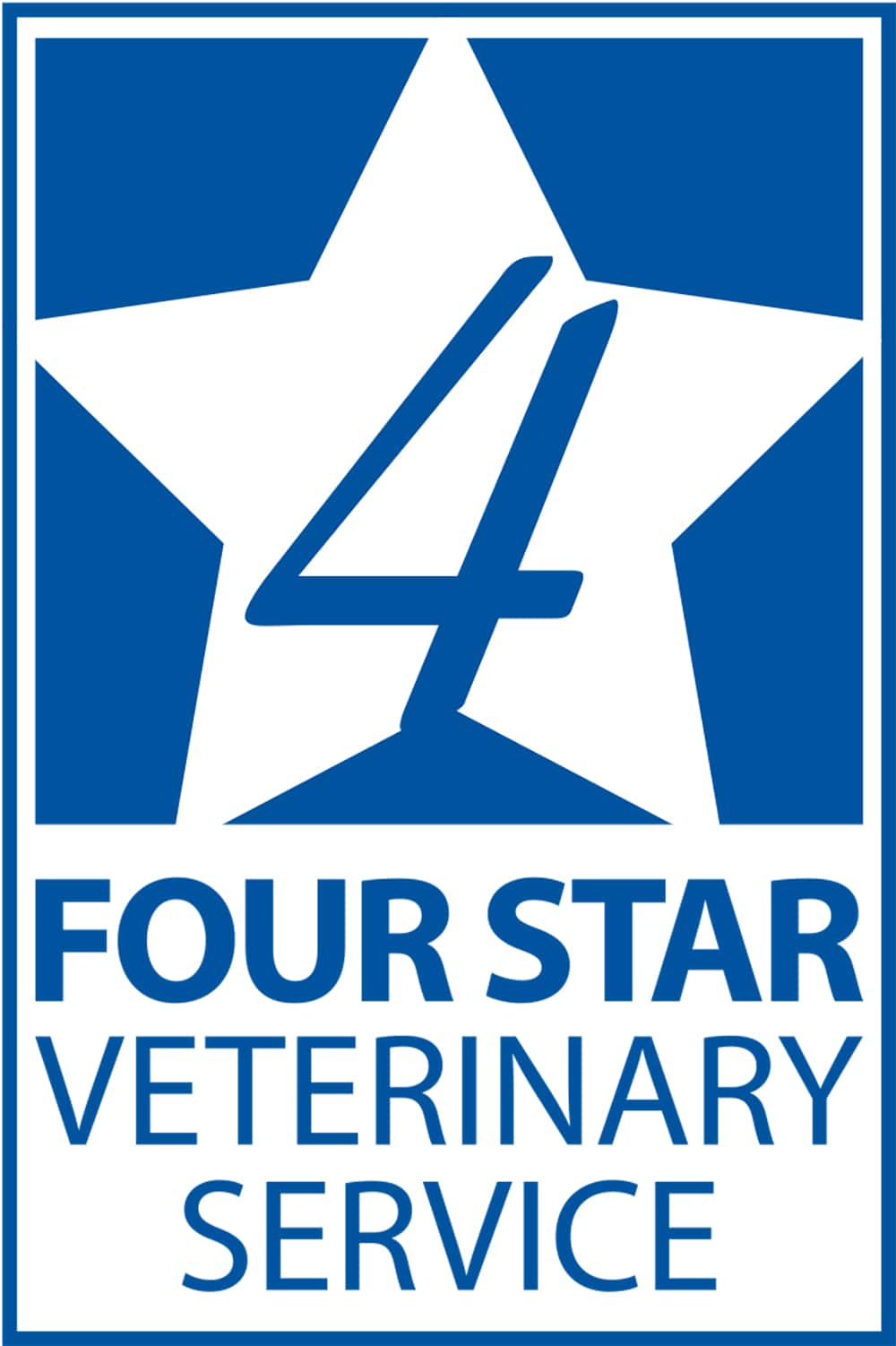
Cow-calf herds can add a nice profit to the bottom line of hog production systems that use manure on their own pastures. These profits can increase long term if herds keep and develop their own replacement heifers, suggests Harrison Dudley, DVM, Four Star Veterinary Service in Kinston, North Carolina.
“When we make a decision to keep a heifer, we are taking $750 to $1,000 off the income list in the short term,” Dudley said. “But the benefits in the long term outweigh the costs upfront. And it is a very long-term benefit.”
Selecting heifers
One big benefit of selecting replacement heifers from your own herd is you know the genetics, and they work in your system, he explained. Plus, you can continue to make herd improvement through your bull selections.
When developing heifer replacements, Dudley recommends a heifer “stress test.” The stress test involves moving heifers to a pasture to see how they perform but keeping them separate from the cow herd.
“The stress test is to treat a heifer like a cow,” he said. “A lot of folks baby the heifers to get them pregnant and deliver their first calf as quickly as possible, which is important. But I think that artificially selects animals that can’t handle the stress as a cow, where they are put into a pasture with 100 other cows and have to compete for resources.”
Keep heifers separate
Ideally, Dudley still wants replacement heifers separated from cows but kept in pastures dedicated to heifer development. Here the heifers are provided supplemental nutrition to help them continue growing.
“I don’t think a heifer can do it on grass alone,” he said. “They need to be on a good, chelated mineral that is balanced for our part of the world, and not the generic feed-company blend.
“I like them to get some protein and energy supplementation at 0.5% bodyweight up to 1% of bodyweight to keep them growing so they can have a calf by the time they are 2 years old.”
Dudley recommends trying to get heifers bred by the time they are 15 months old. Anything earlier is too young, he adds, because the heifers are still growing.
Heifer development not easy
“A heifer is a different animal than a cow,” Dudley said. “Most cow-calf producers are really good cow managers but not good at heifer management.”
“I have one client with a herd of 80 cows that are 15 years old. They keep their own heifers. It’s nothing fancy, but it is efficient. They’ve made mistakes, but it’s designed well and it performs.”
Producers looking for help with selecting and developing replacement heifers should contact their local veterinarian or Dudley at hdudley@livestockvet.com.
